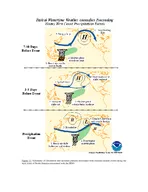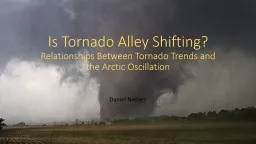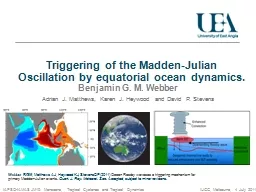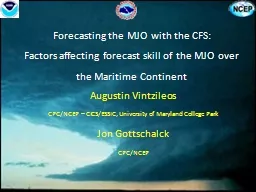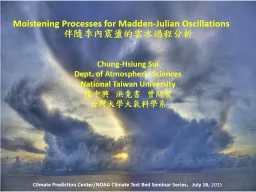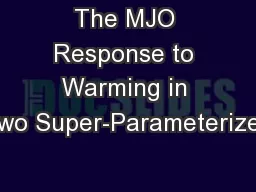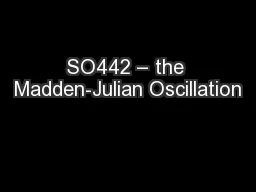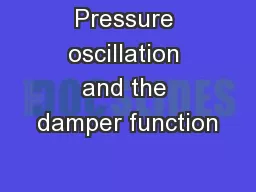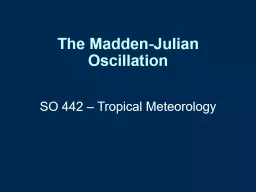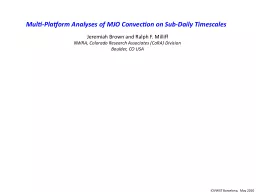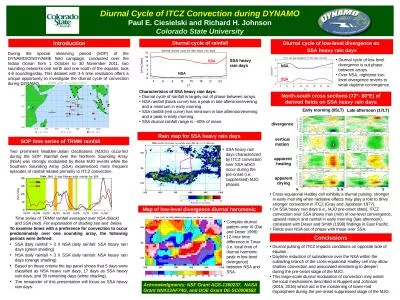PDF-Authors Jon Gottschalck Vernon Kousky Wayne Higgins and Michelle LHeureux Madden Julian
Author : myesha-ticknor | Published Date : 2014-12-19
Definition The MJO is an intraseasonal fluctua tion or wave occurring in the glob al tropics The MJO is responsible for the majority of weather variability in these
Presentation Embed Code
Download Presentation
Download Presentation The PPT/PDF document "Authors Jon Gottschalck Vernon Kousky Wa..." is the property of its rightful owner. Permission is granted to download and print the materials on this website for personal, non-commercial use only, and to display it on your personal computer provided you do not modify the materials and that you retain all copyright notices contained in the materials. By downloading content from our website, you accept the terms of this agreement.
Authors Jon Gottschalck Vernon Kousky Wayne Higgins and Michelle LHeureux Madden Julian: Transcript
Download Rules Of Document
"Authors Jon Gottschalck Vernon Kousky Wayne Higgins and Michelle LHeureux Madden Julian"The content belongs to its owner. You may download and print it for personal use, without modification, and keep all copyright notices. By downloading, you agree to these terms.
Related Documents

